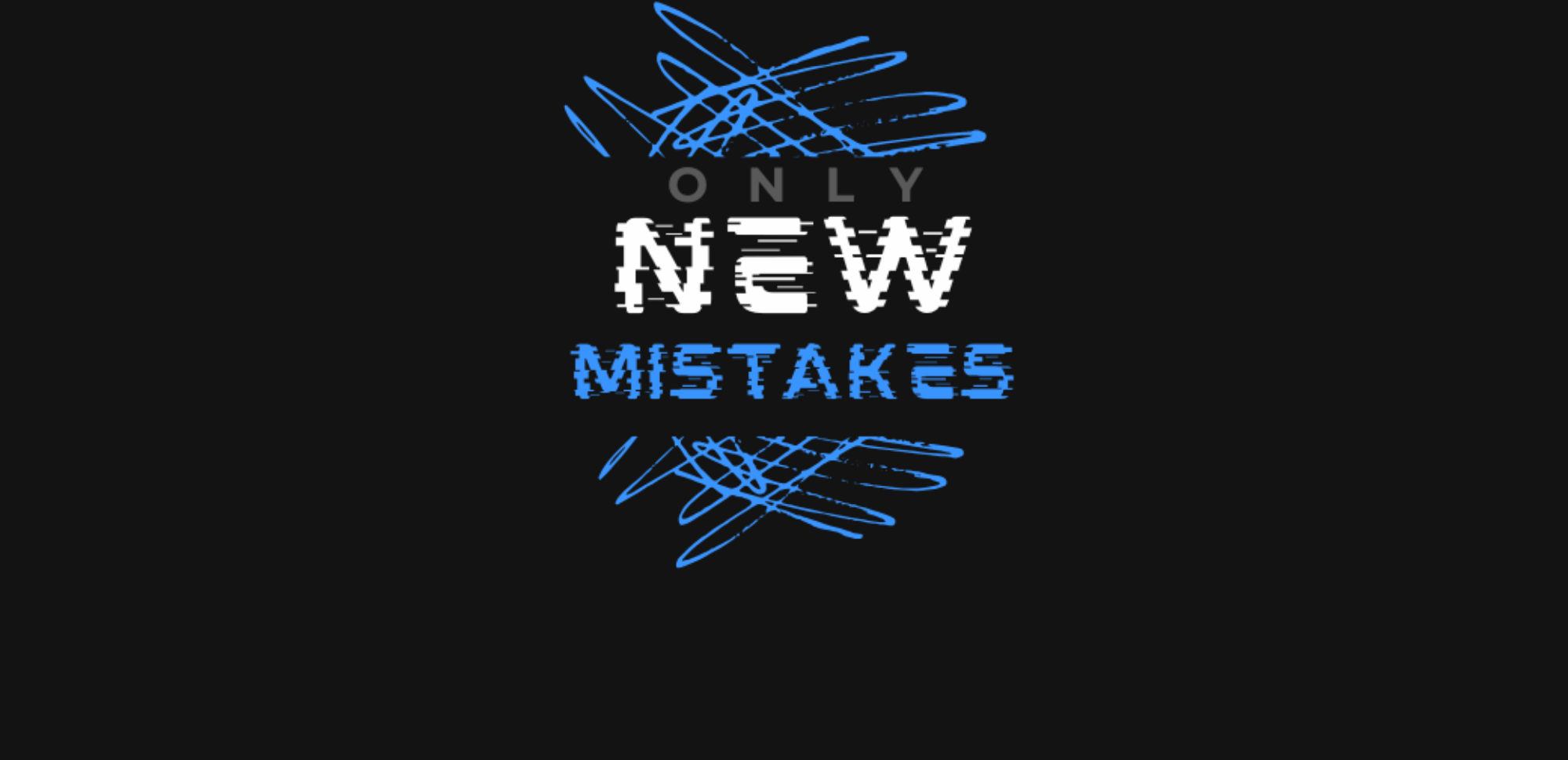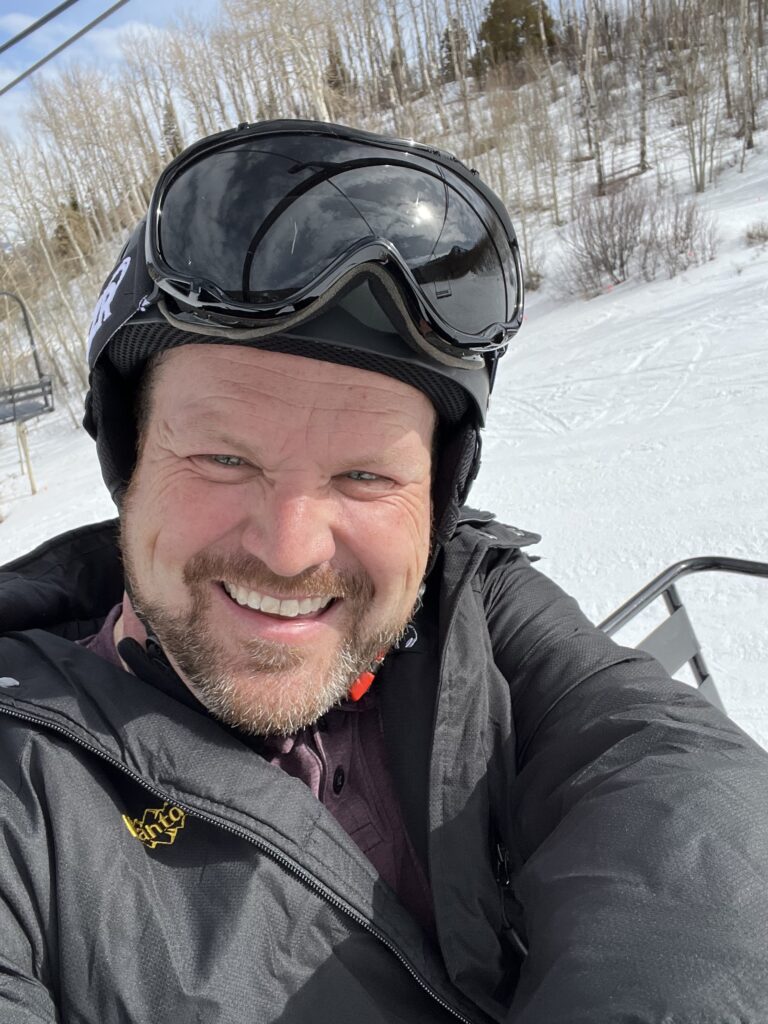Happy New Year to you all! It’s great to be back, refreshed, and ready to take on the world again. I hope you all had a great holiday break, a wonderful Christmas, and are also ready to start 2025 with a bang!
To kick off 2025, I plan to start with a few year-long goals. Not resolutions – things flippantly said on January 1st and abandoned on January 3rd. These are goals that I want to move towards over the year. I’ll be revising them to make them more measurable in the future, but for now, I’m just covering the spaces I want to improve in 2025. I find that goals, whether personal or for businesses, help set direction, provide accountability, and measure progress.
Goal process
There are myriad ways to come up with personal and business goals, but broad strokes they all boil down to a few key steps:
- Determine potential goals
- Divergent thinking / brainstorming
- What do you want to be true at the end of the time period?
- Have you considered all the important areas – people, process, technology, strategy, etc?
- Revise and clarify goals
- Convergent thinking – bringing ideas together
- Repackage goals into themes
- Think about what a measurable outcome for each goal would be
- Explore options, feasibility, and ways to succeed in your goals
- Communicate goals
- Conversant thinking – sharing ideas for feedback
- Share them with stakeholders
- Gather stakeholder feedback on the value and feasibility of goals
- Set a cadence for updates on progress
- Track your progress and make course corrections (both to the steps your taking to accomplish goals, and the goals themselves,) as time progresses
If you’re curious what I ended up with, read on.
My goals for 2025
- Build exercise into a habit, starting slow and aiming for a routine by the end of the year.
- This has been on the back burner for far too long. Even just a simple daily walk, or following a simple online workout routine will be better than what I normally do.
- Find stability at work—whether through securing funding, joining a new company, or focusing on fractional work, something has to change.
- Being a founder has been hard and incredibly fun, but the low salary is getting tough. We have to change some things in 2025.
- Ship the book. It’s almost wholly written; now it’s time to edit and self-publish.
- For those who missed this, I wrote a book a few years back about my experience leading the Indeed Incubator (new product innovation team.) It’s not great, but it’s not doing anyone any good sitting in Scrivener.
- Dive deeper into learning and development, especially in AI and product innovation.
- I’m using AI more and more personally and professionally, but I would love to learn more about building AI systems.
I have other goals for 2025 on the personal, spiritual, and family sides of my life, but these were the ones that most affected work and seemed worth sharing.



